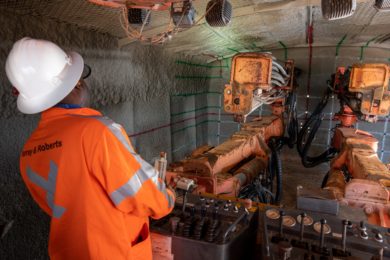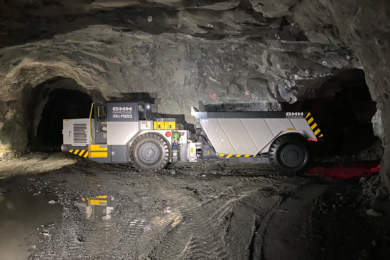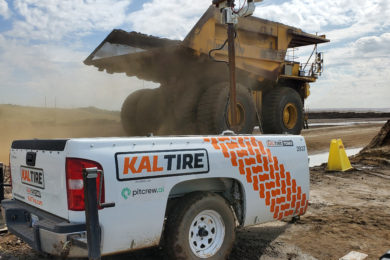Training within the mining sector is a fast-changing field, driven by technological advancements, evolving safety standards and the need for a more skilled workforce.
Keeping up with these demands has been the focus of the Murray & Roberts Cementation Training Academy near Carletonville, South Africa, combined with ongoing attention on raising safety levels in pursuit of Zero Harm.
According to Tony Pretorius, Education, Training and Development (ETD) Executive at Murray & Roberts Cementation, this has meant constantly pioneering effective strategies that build excellence and discipline in the workplace.
“An important foundation for us has been the integration of technology in our training programs, incorporating tools such as virtual and augmented reality, e-learning, and online resources,” Pretorius says. “These technologies enhance the learning experience, improve knowledge retention, and facilitate the development of digital skills essential for working with advanced mining equipment and systems.”
At the same time, he highlights the promotion of a safety culture in mining. To achieve this, the academy places a strong emphasis on cultivating a safety-first mindset among trainees. By prioritising safety in all aspects of training, the academy helps instil a culture of vigilance, risk assessment and continuous learning – aligning with best practices for workplace safety in the mining industry.
“We also ensure that our training programs align with relevant mining regulations,” Pretorius says. “This equips workers with the knowledge and skills to adhere to the latest safety guidelines while keeping their workplace compliant with regulatory requirements.”
As an example of how digital technology has been leveraged in the learning space, he points to the academy’s use of virtual and augmented reality in the training process. These immersive technologies allow trainees to experience realistic, risk-free simulations of mining environments and scenarios.
“This approach not only improves knowledge retention but also enables the identification and correction of potential mistakes before they occur in real-world situations,” he explains.
Another important aspect of the modern training approach has been towards competency-based training. Here, the focus has shifted away from the mere completion of training programs, to the more detailed assessment of competence of workers in their specific roles. The focus, therefore, is on the development of practical skills, knowledge and attitudes that lead to improved job performance and overall safety. Pretorius also points to the vital role of what were previously referred to as ‘soft skills’ – competencies which are today proving to be as important as technical skills.
“In addition to technical skills, the mining industry recognises the importance of developing skills such as communication, leadership, teamwork and problem solving,” he says. “These skills are vital for maintaining a safe working environment, especially in high risk situations where effective collaboration and decision-making can prevent accidents and save lives.”
Beyond the daily work tasks, workers are also having to become more aware of sustainability and environmental issues. This is inevitable, as the mining industry faces increased scrutiny regarding its environmental impact.
“Training programs now include modules on sustainable mining practices, resource conservation and waste management,” he says. “This helps ensure that workers are aware of their responsibilities and the role they play in minimising the industry’s environmental footprint.”










